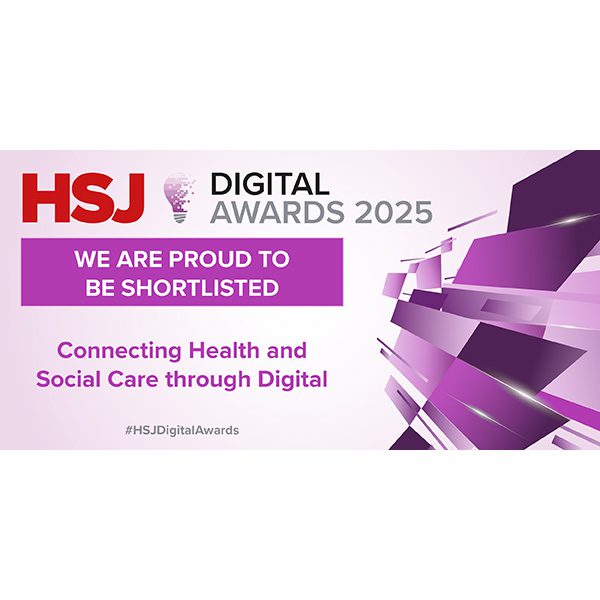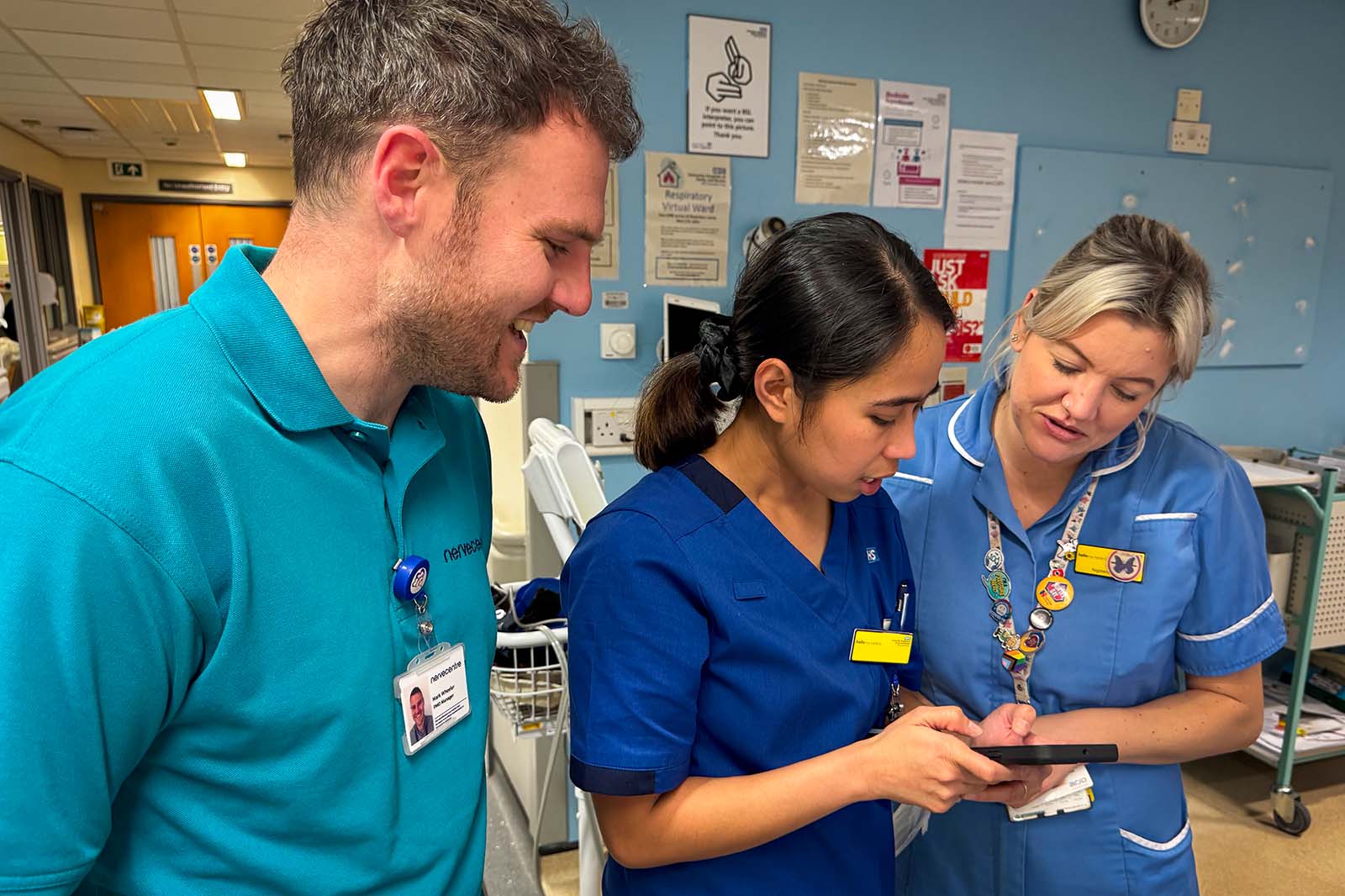Since the advent of EPR systems, “clinician usability” has been the evasive holy grail, with headlines of clinician dissatisfaction being all too frequent. The study on the usability of electronic health records in emergency departments published in the Emergency Medicine Journal has highlighted this issue excellently. Usability really matters; poor usability leads to poor user adoption, takes up clinical time, and can directly impact patient safety and clinical outcomes.
During an interview with Paul Volkaerts, CEO at Nervecentre, he explained “Ensuring that Nervecentre has the best possible usability and user satisfaction has always been our primary objective. That is why I am delighted that the study has recognised Nervecentre as the best EPR for clinician usability across all the suppliers in the UK.
Since 2019, when the research was conducted, we have taken even stronger steps to ensure our mobile EPR is the most user-friendly in the market, especially in the field of integration.
For example, the study noted that many EPRs lacked a view of primary care records. We are now integrated with GP Connect to address this issue. We also now have certified integration with NHS 111, that helps hospitals reduce unnecessary visits. We also integrate EPMA and order comms within our emergency department solution, to make our system even more interoperable.
We are not standing still. We work closely with in-house clinicians, and liaise regularly with end users to ensure that we deliver the highest standards of usability. These standards can be applied across all systems, with metrics that truly demonstrate how good usability translates into more time for care.
We encourage the industry to do more to make usability and the user experience key factors in procurement decisions. Studies such as this, which survey front-line practitioners, play a significant role in helping inform those decisions and pushing suppliers, to do more to make their systems work for the end user. They provide great metrics and should be much more commonplace if we want suppliers to focus on usability and clinician engagement.
Regular surveys of this nature would help the industry and system buyers to gain an informed perspective on those suppliers that are investing in usability, versus those that are not.
Usability really matters to us, because we know the impact it can have on clinical practice. Surveys such as this highlight this for all to see. The question is how do we turn good usability into common practice”






